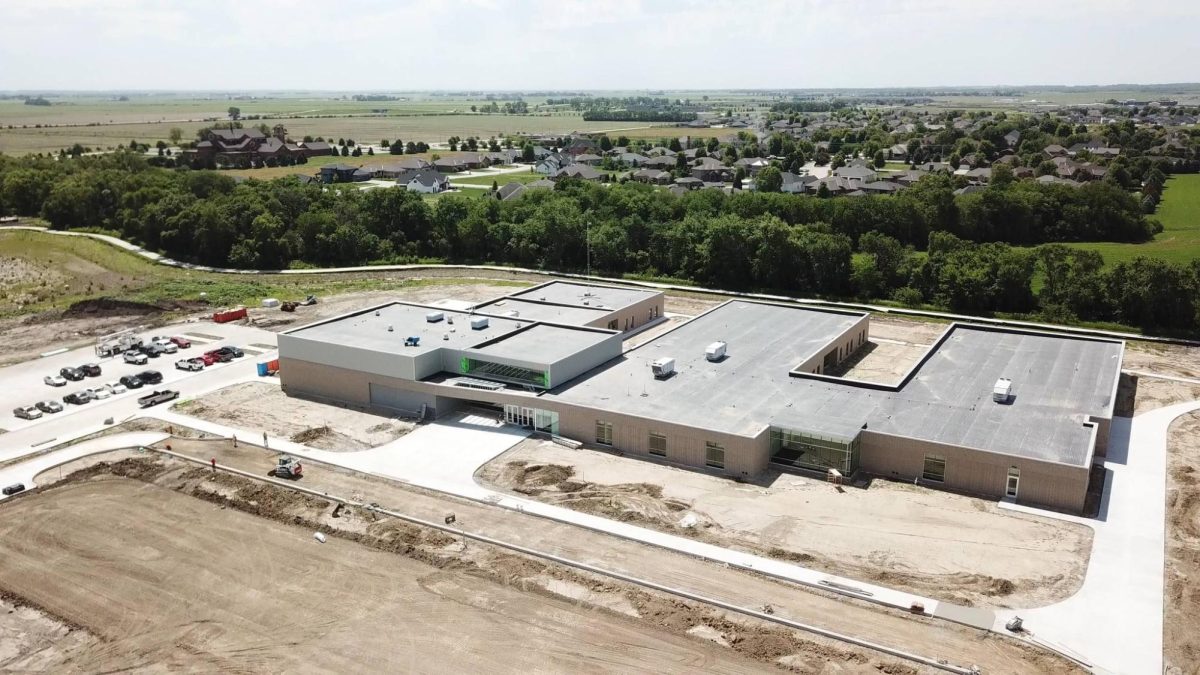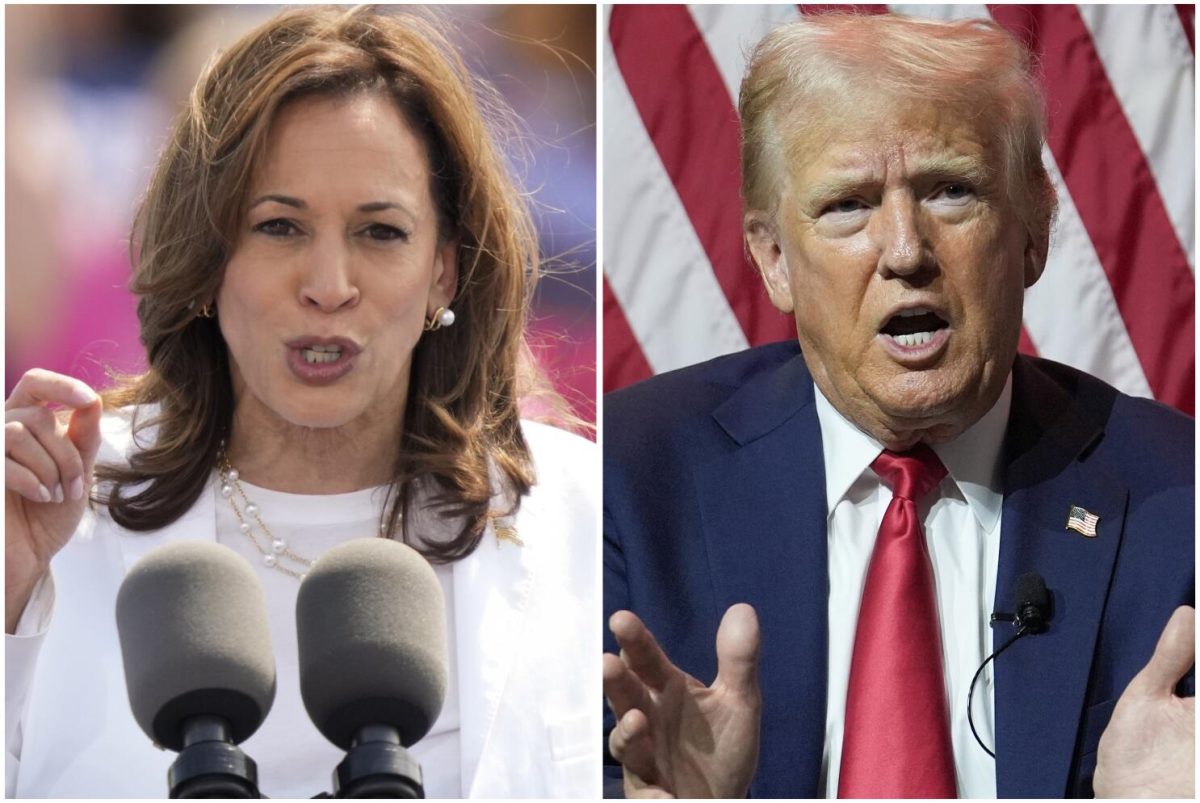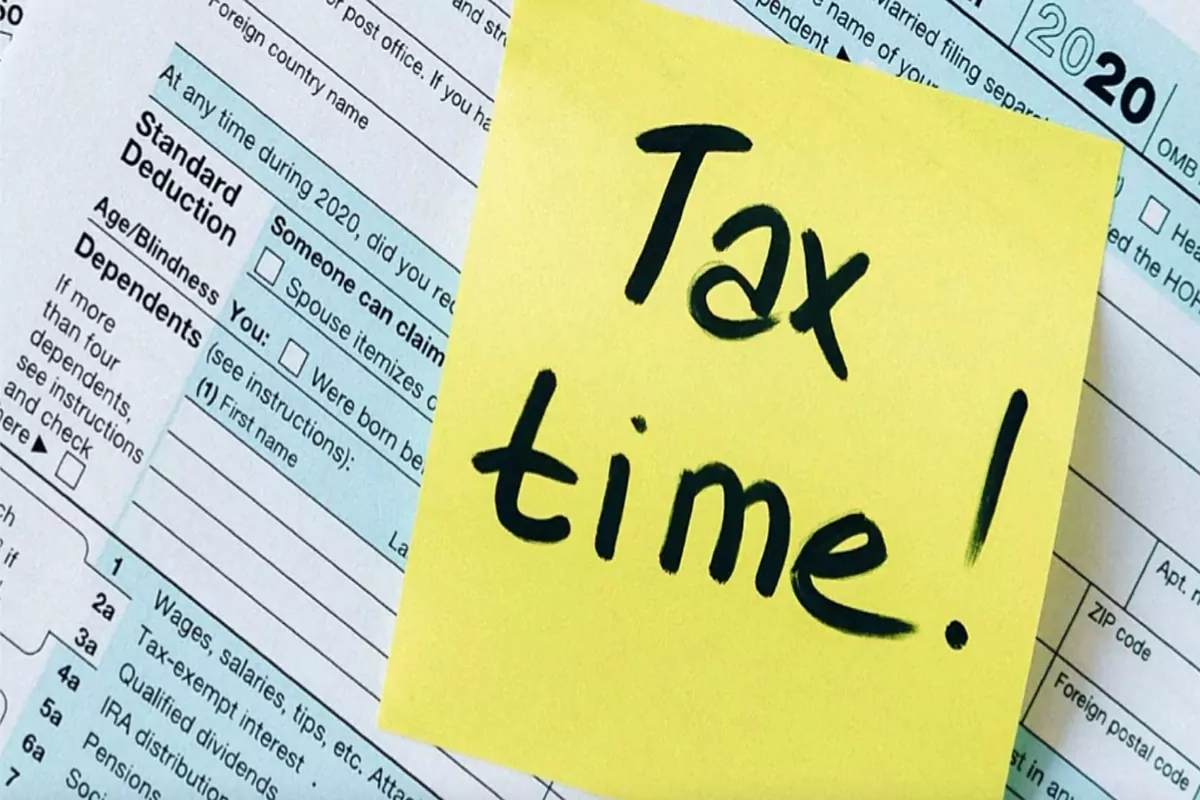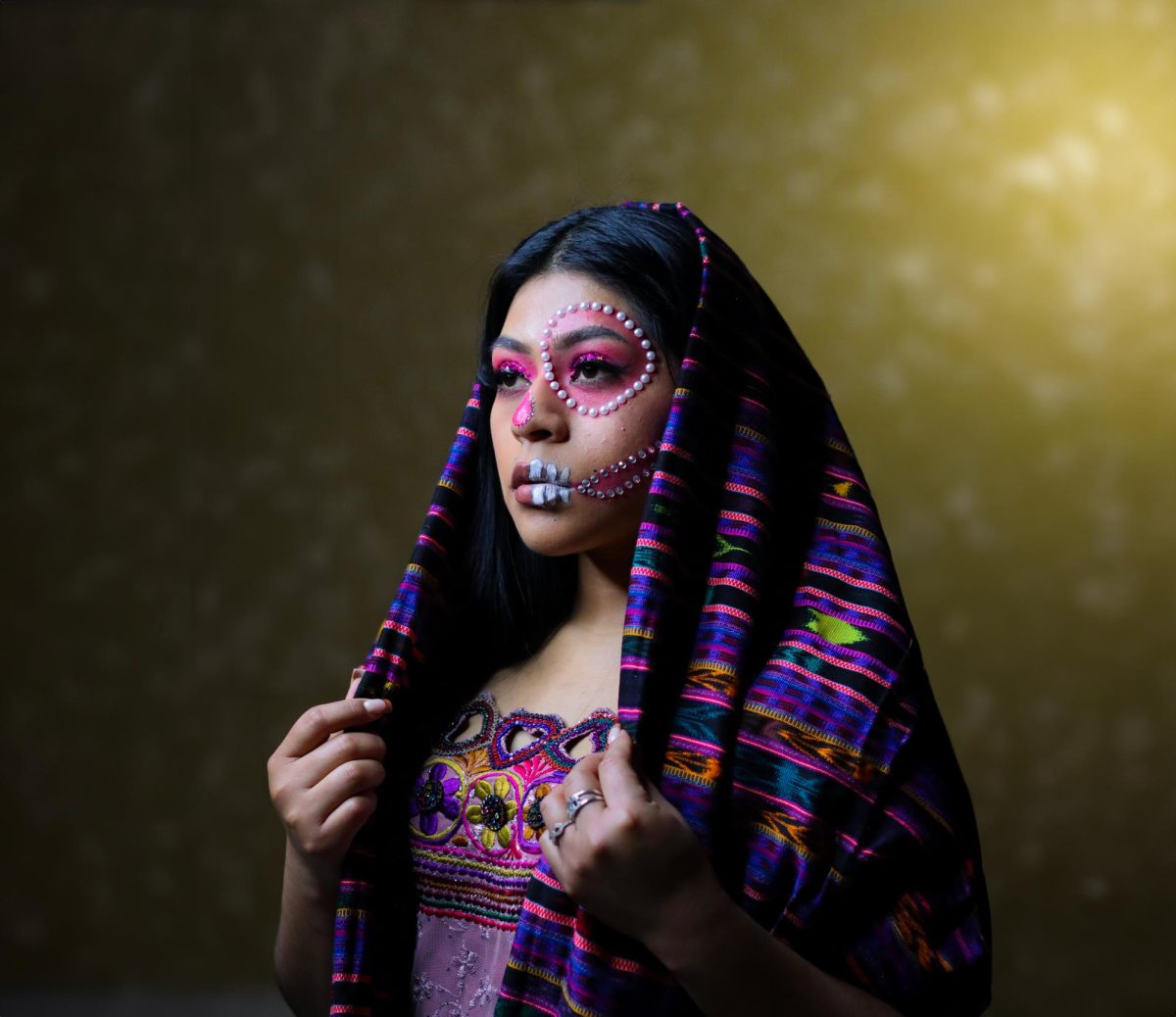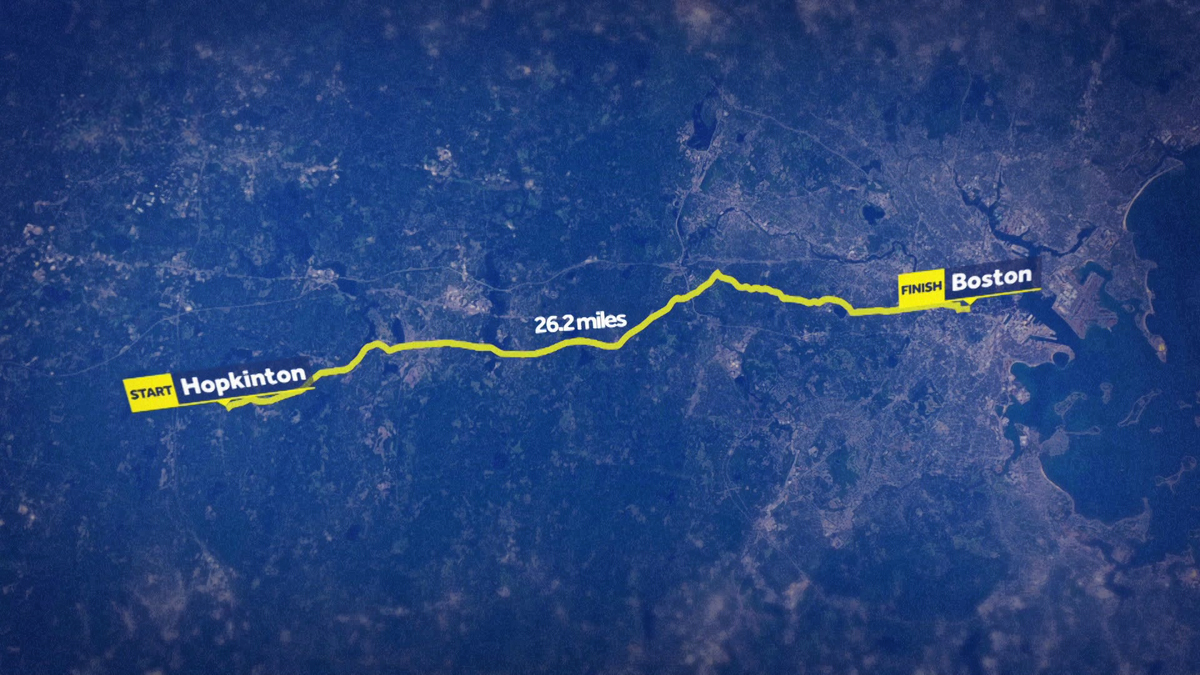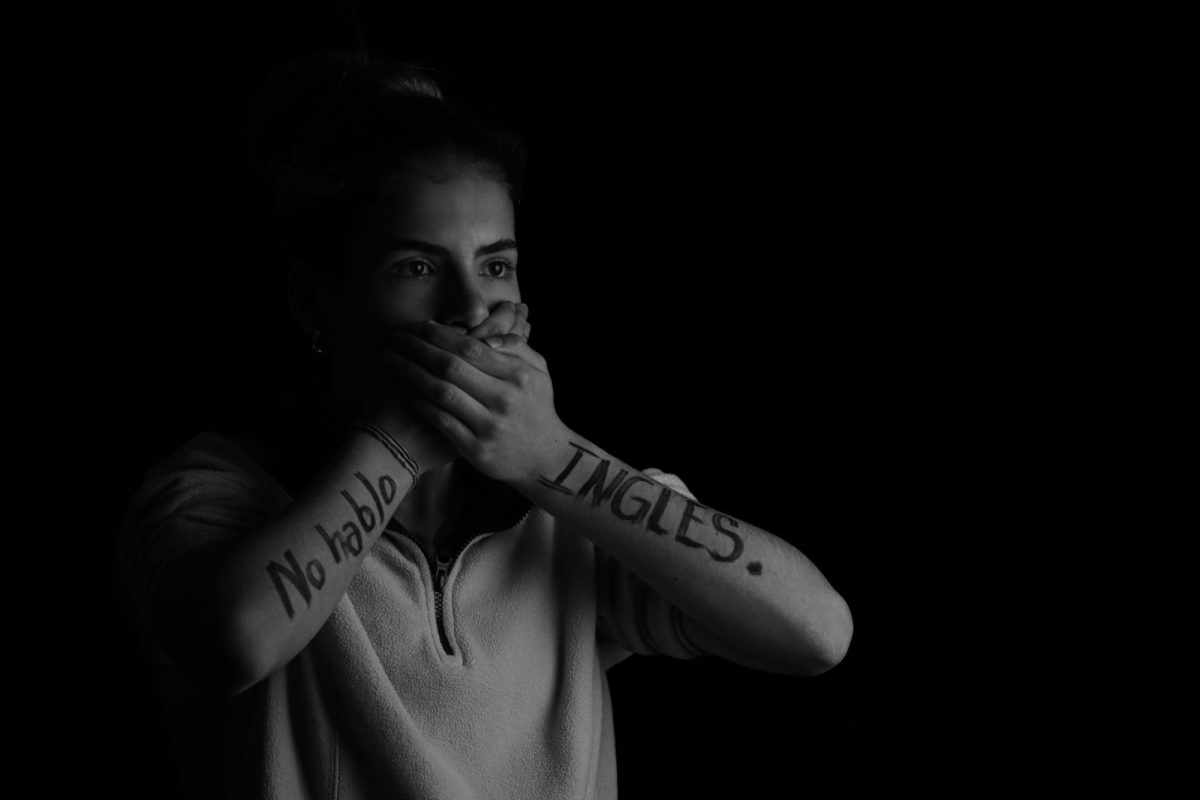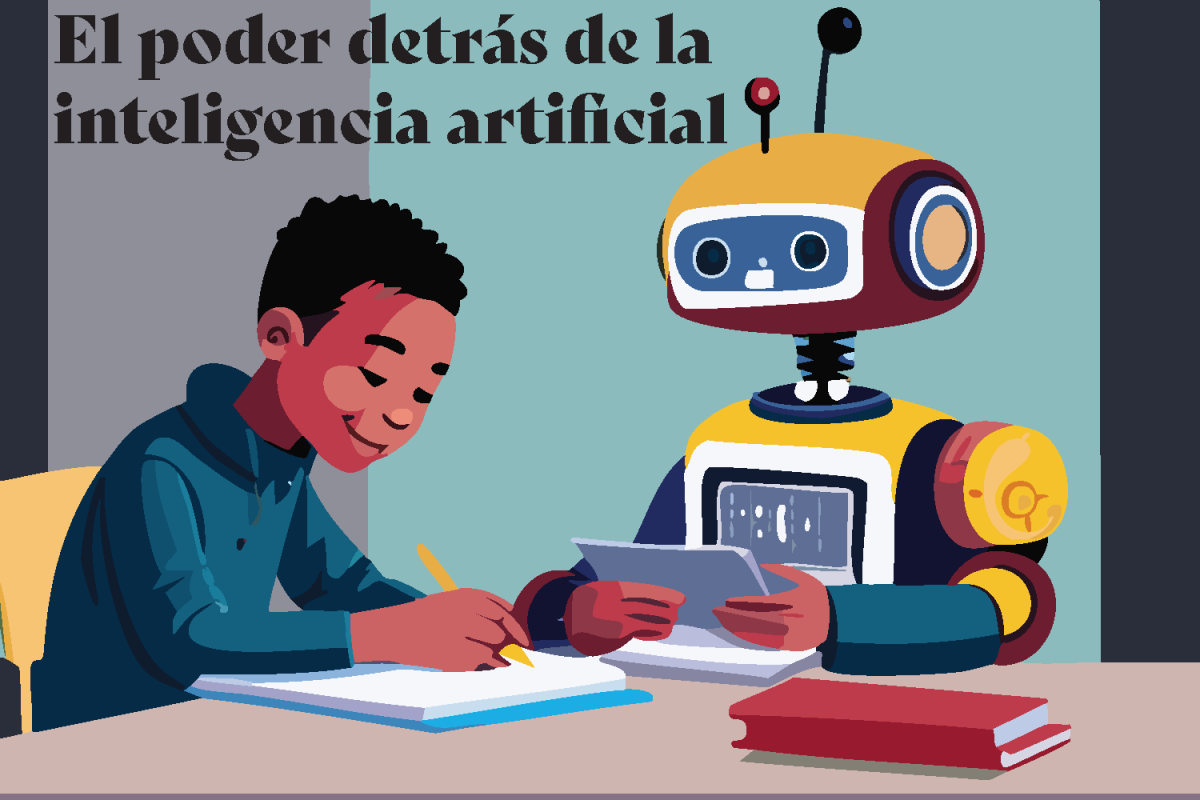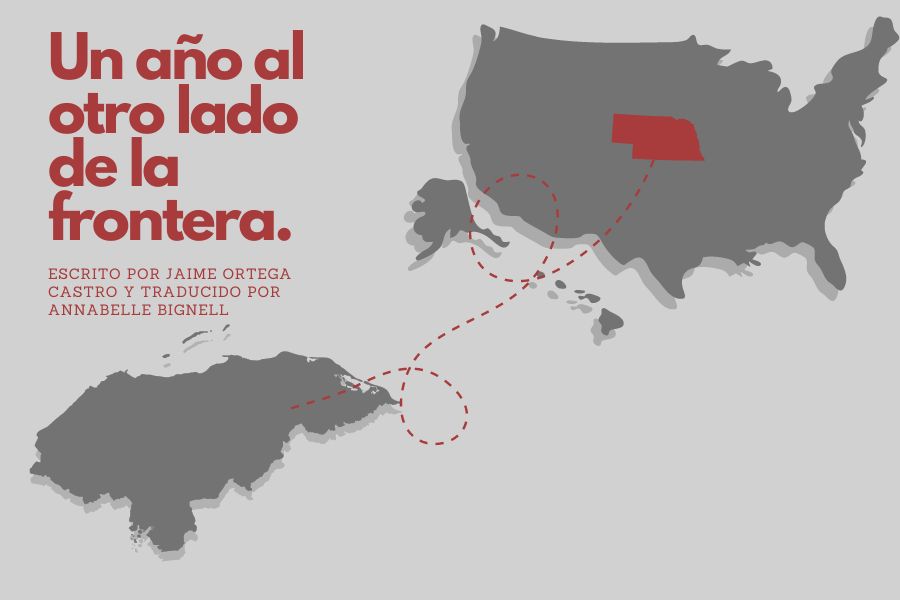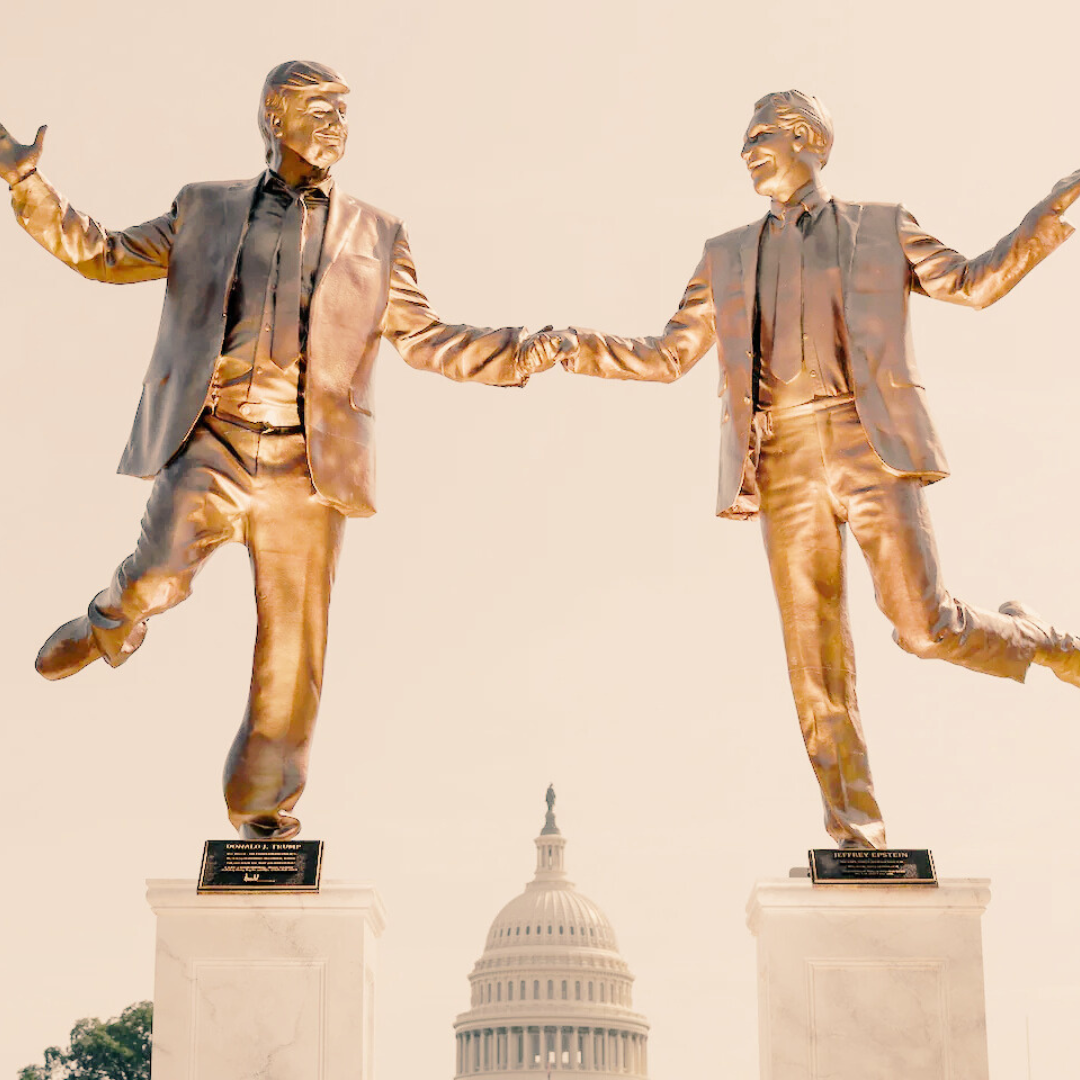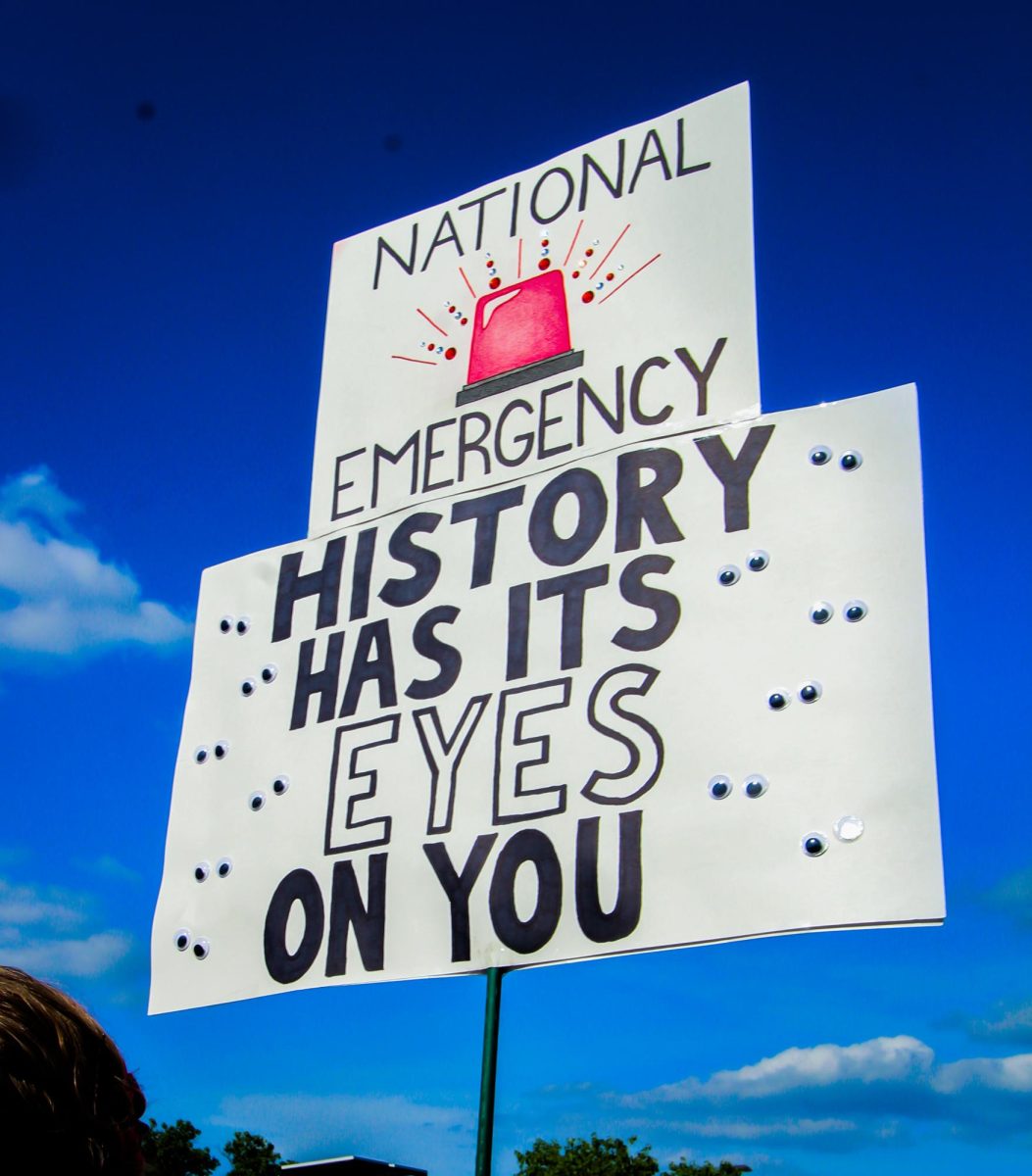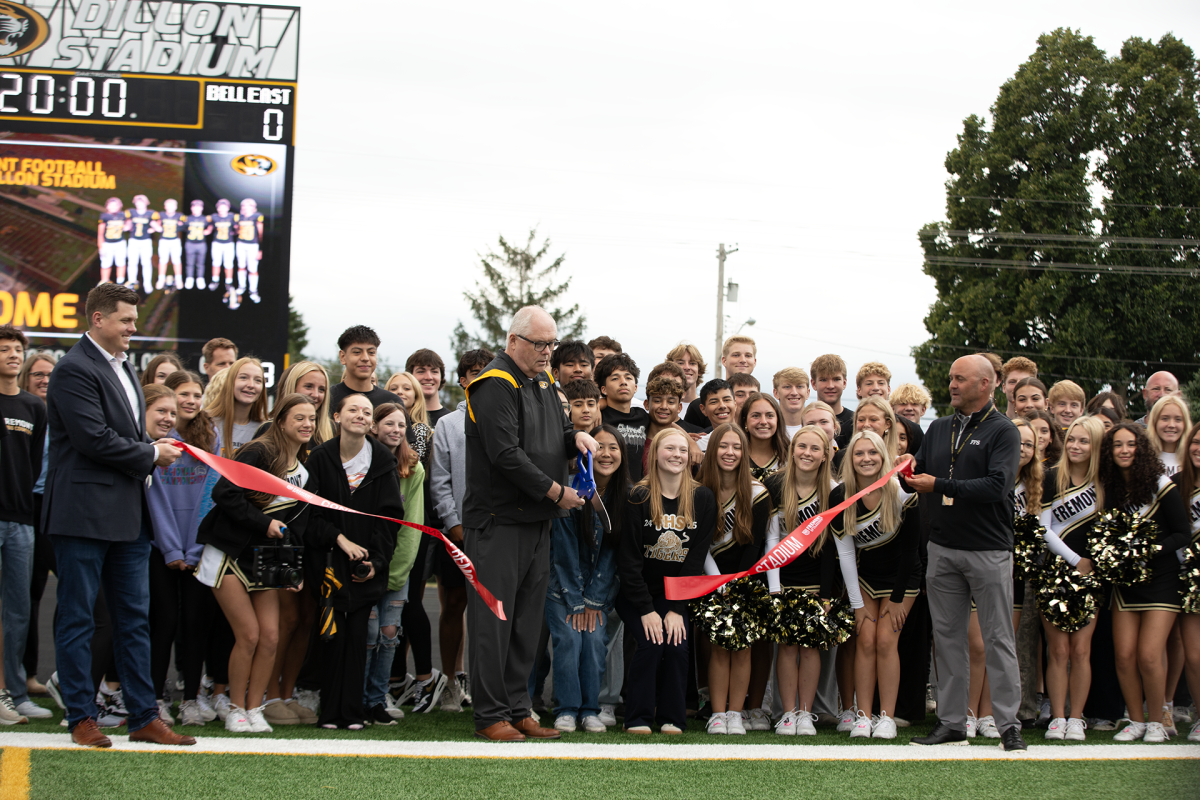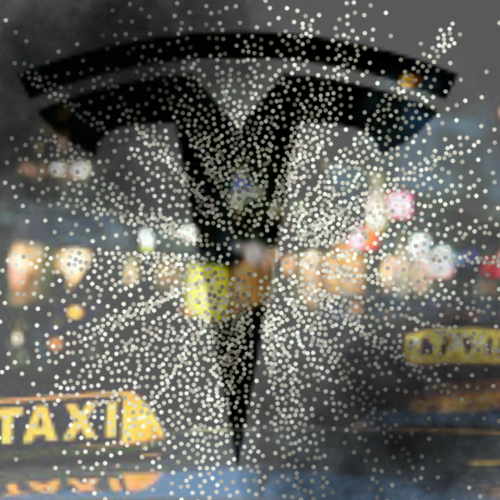
Tesla, the electric car company led by Elon Musk, is under scrutiny this month as safety reports, lawsuits and government investigations raise concerns about its Autopilot and Full Self-Driving systems. Tesla claims its vehicles are safer than human drivers, but critics argue the company’s statements do not match reality.
In July, Tesla released its 2025 Vehicle Safety Report, showing that cars using Autopilot averaged about 6.69 million miles between crashes. Tesla compared this to the U.S. average of one crash every 702,000 miles, saying Autopilot is “nearly ten times safer than the U.S. average.” The report also shows a slight decline in safety compared to last year. In Tesla’s second-quarter 2024 report, cars on Autopilot averaged 6.88 million miles per crash, meaning the latest report reflects a 2.8 percent decrease.
Experts caution that the numbers do not tell the full story. According to Electrek, Tesla only counts accidents serious enough to trigger airbags, leaving out smaller collisions. Autopilot is also mostly used on highways, which are generally safer than city streets.
“Tesla counts only crashes that trigger an airbag or restraint; minor bumps are excluded… Autopilot is mainly used on limited-access highways, already the safest roads,” one analyst said.
Critics have also raised concerns about Tesla’s marketing. Naming the system “Autopilot” or “Full Self-Driving” may give drivers a false sense of safety.

“Words matter… if someone is playing fast and loose with words, they’re playing fast and loose with information and facts,” attorney Brett Schreiber said after a court case, which gained crucial attention.
On Aug. 1, 2025, a Miami jury ordered Tesla to pay up to $243 million for a fatal 2019 crash in Key Largo, Florida. The jury found that Autopilot failed to alert the driver, who collided with another vehicle, killing 22-year-old Naibel Benavides Leon and seriously injuring her boyfriend.
“This verdict sends a message that companies must be accountable when they overpromise safety,” Schreiber told reporters.
Tesla called the ruling unfair. “Today’s verdict is wrong and only works to set back automotive safety. We plan to appeal,” the company said. Legal experts say the case could encourage more lawsuits. “This will embolden a lot of people to come to court,” attorney Miguel Custodio told AP News.
The verdict came as Tesla launched its experimental Robotaxi program in Austin, Texas. Tesla promoted the Model Y as a step toward fully driverless cars, although human safety monitors are still required. Early riders gave positive feedback, but videos shared online showed sudden braking, wrong-way turns and cars getting stuck in parking lots. In one clip, a Robotaxi stayed in an oncoming lane for nearly ten seconds before correcting itself. The National Highway Traffic Safety Administration confirmed it is investigating the incident.
Investors also filed a class-action lawsuit in Texas, claiming Tesla misled buyers about the accuracy of Robotaxi technology. Reports cited “traffic violations, erratic braking, and unsafe maneuvers” during the pilot program.
Regulators are also slowing Tesla’s expansion. California officials announced that the company has not received permits to operate Robotaxis, even with human drivers present.
“Tesla is not authorized to operate autonomous vehicles for public use in California at this time,” a Department of Motor Vehicles spokesperson said.
Industry experts remain skeptical. John Krafcik, former CEO of Waymo, said the Robotaxi program does not meet the standard of true autonomy.
“What Tesla has today looks more like a driver-assisted Uber ride than a real Robotaxi,” Krafcik said.
The Insurance Institute for Highway Safety also gave Tesla’s Autopilot a “poor” rating under new partial automation rules, criticizing the company for not ensuring drivers remain alert and ready to take over in emergencies.
Musk has promoted self-driving cars and Robotaxis as a major future profit driver. But with lawsuits, safety concerns and regulatory hurdles mounting, Tesla faces growing pressure to prove its technology is both safe and reliable.
As one analyst put it: “Tesla is selling a vision of the future, but the reality is colliding with real-world safety and accountability.”

